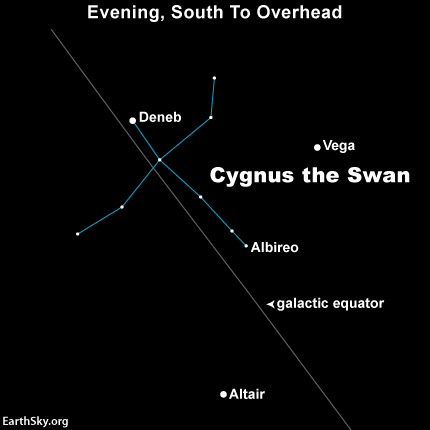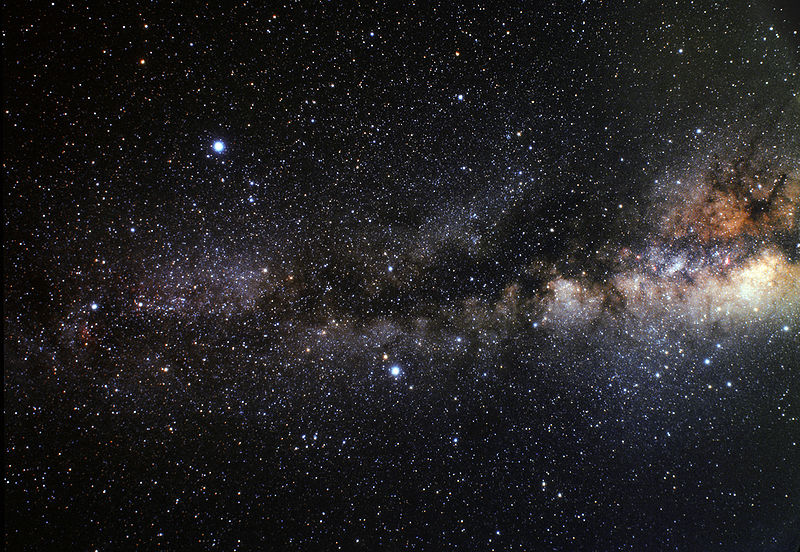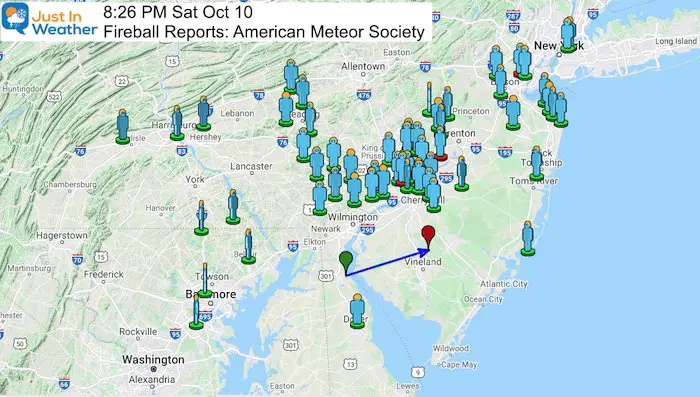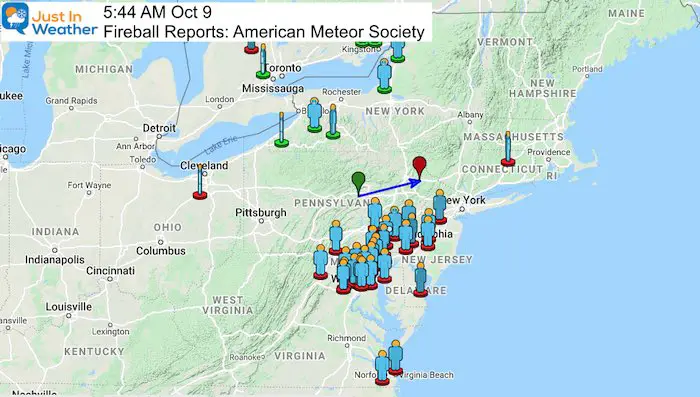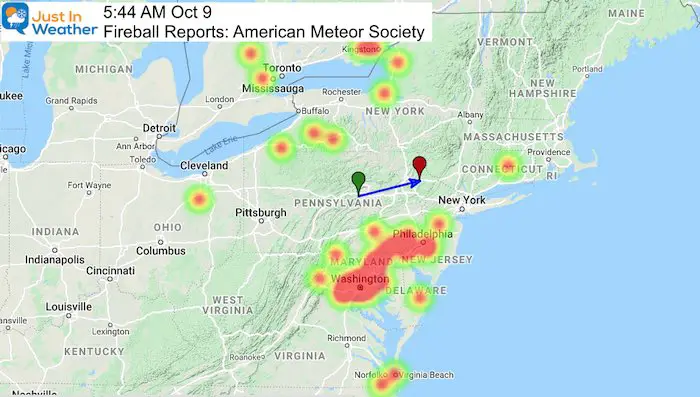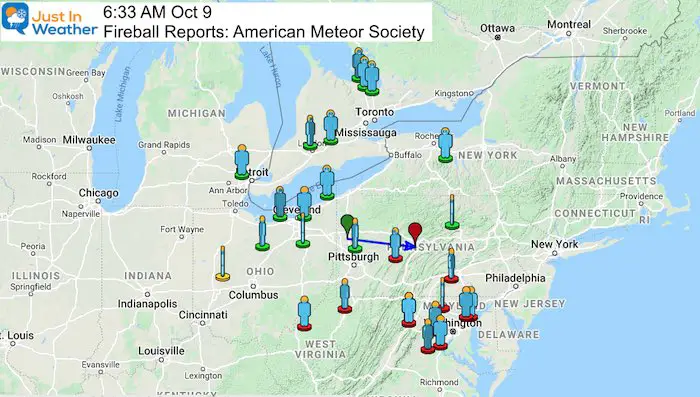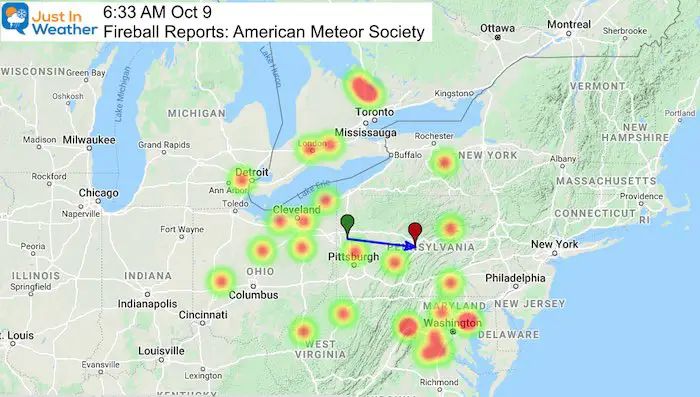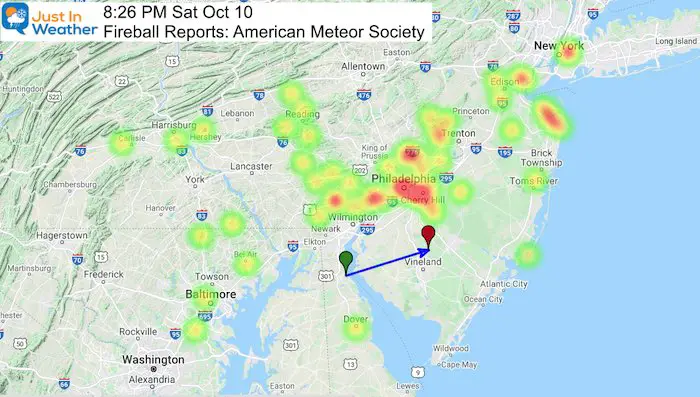Just want to alert you to what is happening astrologically RIGHT NOW. I am not a believer in Astrology but you better believe that the ELITE are firmly aligned with it. They do not make a move without consulting the stars and the NUMBERS.
The war drums are vibrating all across the EARTH. War is coming. I don’t know when, but it is coming soon. MARS is known as “the Bringer of War”. Bear in mind that we are coming into the greatest time of year for Sacrifice, Halloween, Day of the Dead, Samhain, All Souls Day. Santa Muerta.
DISCLAIMER: In my posts I normally collect a number of written articles and videos related to the topic. I hightlight in red or black the parts of the articles that I think are important to note and try to leave it to the reader to come to their own conclusions. The object is to bring the facts/truths to your attention and cause you to look further into them yourself. Why? Because that is the only way to make the subject real to you. When you view the available information, search it our on your own, hopefully guided by the Holy Spirit, YOUR CONCLUSION is exactly that YOURS. It means something to you. It may be similar to mine or it may be completely different. We are all on our own course and in different places with our spiritual development. I pray that GOD speaks to you in a way that touches you. IF you see notes in green, those are my comments. Anything else, you find the source links on the titles, and the author and date will be below the titles. Just because I post an article or video in my articles, it does not mean that I agree with the author or support their stand. It does mean that I felt there was worthwhile information to be gleaned.
Take a look at the skies this week. Watch and Pray. Keep your kids safe.
View the scene from the comfort of a reclining lawn chair, with your feet pointing southward. Although every star that we see with the unaided eye is a member of our Milky Way galaxy, sometimes the term “Milky Way” refers to the edgewise view of the galactic disk, where the combined glow of myriads of far-off suns congregates into a beautiful archway lighting up the great vault of the sky.
As seen from mid-northern latitudes, the stars Deneb and Vega hang high overhead at nightfall and early evening. Vega, the brightest Summer Triangle star, shines to the west (or right) of Deneb, and Altair, the second brightest, is found roughly halfway between your southern horizon and straight overhead.
The Summer Triangle (left side of image) and Milky Way. Altair shines a bit below center, while fainter Deneb is found at left center and the brightest star of the Summer Triangle, Vega, at upper left of center. Image via NASA/ESA.
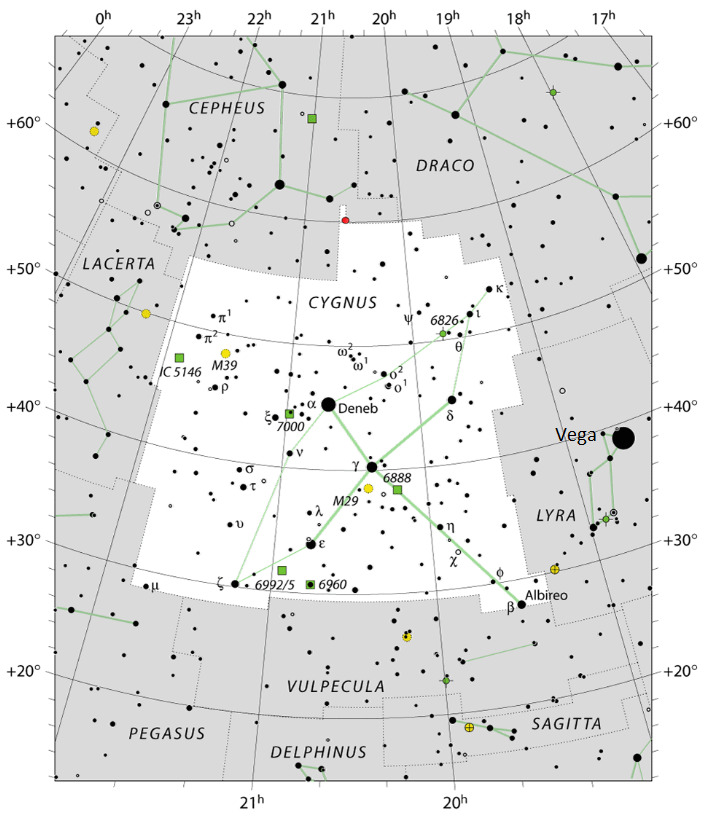
Sky chart of the constellation Cygnus the Swan via IAU.
Cygnus – From Wikipedia: Cyngus is a northern constellation lying on the plane of the Milky Way, deriving its name from the Latinized Greek word for swan.[1] (The Swan is a very important symbol to the DRUIDs/MAGI/ELITE/ILLUMINED. It symbolizes the spirit and revelation/divination.) Cygnus is one of the most recognizable constellations of the northern summer and autumn, and it features a prominent asterism known as the Northern Cross (in contrast to the Southern Cross). Cygnus was among the 48 constellations listed by the 2nd century astronomer Ptolemy, and it remains one of the 88 modern constellations.

spacer

Cygnus contains Deneb (ذنب, translit. ḏanab, tail) – which is one of the brightest stars in the night sky and is the most distant first-magnitude star as its “tail star” and one corner of the Summer Triangle.[1] It also has some notable X-ray sources and the giant stellar association of Cygnus OB2.[2] Cygnus is also known as the Northern Cross. One of the stars of this association, NML Cygni, is one of the largest stars currently known. The constellation is also home to Cygnus X-1, a distant X-ray binary containing a supergiant and unseen massive companion that was the first object widely held to be a black hole. Many star systems in Cygnus have known planets as a result of the Kepler Mission observing one patch of the sky, an area around Cygnus.
Most of the east has part of the Hercules–Corona Borealis Great Wall in the deep sky, a giant galaxy filament that is the largest known structure in the observable universe, covering most of the northern sky.
If you have not viewed the following article. Now might be a good time to look at it:
COVID 19 -FINAL SOLUTION – CROWN OF DEATH
spacer
In Hinduism, the period of time (or Muhurta) between 4:24 AM to 5:12 AM is called the Brahmamuhurtha, which means “the moment of the Universe“; the star system in correlation is the Cygnus constellation. This is believed to be a highly auspicious time to meditate, do any task, or start the day.
(So, it contains a giant and a black hole, and it is in the CORONA Borealis!)
Albireo – From Wikipedia: The Albireo /ælˈbɪrioʊ/[20] system is a double star designated Beta Cygni (β Cygni, abbreviated Beta Cyg, β Cyg). The International Astronomical Union uses the name “Albireo” specifically for the brightest star in the system.[21] Although designated ‘beta‘, it is fainter than Gamma Cygni, Delta Cygni, and Epsilon Cygni and is the fifth-brightest point of light in the constellation of Cygnus. Appearing to the naked eye to be a single star of magnitude 3, viewing through even a low-magnification telescope resolves it into its two components. The brighter yellow star (actually itself a very close binary system) makes a striking colour contrast with its fainter blue companion.[22] (Put the two stars together, which is how they appear, and you have GREEN, a very important color to the DRUIDs/MAGI/ELITE/ILLUMINED.)

Extend the Albireo-to-Deneb line in either direction to soar along the galactic equator (plane). Through binoculars, you’ll see that star clouds, star clusters and nebulae abound on this great galactic boulevard! Locate the Summer Triangle first, then the star Albireo, and you’ve got what it takes to find the glowing band of stars that we call the Milky Way.
Bottom line: You can use the Summer Triangle – and the constellation Cygnus the Swan – to locate the edgewise disk of our Milky Way galaxy.
Mars At Its Brightest Since 2003 As Moon Visits Venus. What You Can See In The Night Sky This Week

Mars comes to “opposition” this week.
GETTY
Each week I pick out the northern hemisphere’s celestial highlights (mid-northern latitudes) for the week ahead, but be sure to check my main feed for more in-depth articles on stargazing, astronomy and eclipses.
What To Watch For In The Night Sky This Week: October 12-18, 2020
This week it’s all about Mars, which will look its biggest, brightest and best in post-sunset skies since 2018 and, technically speaking, since 2003.
However, it’s also a week where the Moon wanes towards its New phase, meaning dark skies at night, gorgeous crescents in the early pre-dawn mornings early in the week, and in early evenings from next Sunday.

A bright red Mars rising in the east.
GETTY
Tonight the red planet reaches opposition, a moment when the Earth is between it and the Sun. It’s therefore at its biggest and brightest. It’s also visible all night, rising at dusk in the east and setting at dawn in the west.
The opposition of Mars happens roughly every two years, though technically speaking, Mars is tonight bigger and brighter than at any time since 2003.

A delicate crescent Moon and Venus on Wednesday, October 14, 2020. JAMIE CARTER
Wednesday, October 14, 2020: Crescent Moon and Venus
Look east about an hour before sunrise this morning and you’ll see the glorious sight of a very bright 76%-illuminated planet Venus shining 4.3° above a delicate 1% illuminated crescent Moon.
Such a Moon is often called “the New Moon in the Old Moon’s arms.” You may see “Earthshine” on the Moon’s darkened limb. That’s sunlight being reflected off Earth and onto the Moon. It’s always there, but only when the Moon is a slender crescent can human eyes discern it.
Look above Venus and you’ll also see Regulus, the brightest star in the constellation of Leo.
Friday, October 16, 2020: New Moon and ‘Supermoon’
Although this isn’t something anyone can see—after all, a New Moon is lost in the Sun’s glare—our satellite will start anew today at 19:31 Universal Time.
It happens just a few hours after the Moon reaches its monthly perigee—the closest it comes to Earth on its slightly elliptical orbit—making this invisible New Moon a “supermoon.” Expect big tides.
Friday, October 16 at 19:31 GMT—New Moon and Large Tides
At its new phase, the moon is travelling between Earth and the sun. Since sunlight can only reach the far side of the moon, and the moon is in the same region of the sky as the sun, the moon will be completely hidden from view. This new moon, occurring only 4.5 hours after perigee (the moon’s closest approach to Earth), will trigger large tides around the world. Source

The constellation of Cassiopeia, on its side this week in the northeastern night sky right after … [+] GETTY
Constellation of the week: Cassiopeia
High in the northeast after dark is the constellation of Cassiopeia, the queen. It’s circumpolar, meaning it revolves around Polaris, the North Star. It’s thus almost always visible, and at this time of year it’s high in the sky right after dark.
It sits virtually opposite the Big Dipper, which is now low on the horizon after dark.
Straddling the Milky Way in a rich area of starry sky, Cassiopeia is made-up principally of five bright stars—all of them easily visible to the naked eye even in light-polluted skies—that together make a “W” shape. Or an “M” shape. Or a chair shape. You decide!
Wishing you clear skies and wide eyes.
spacer
MARS – THE RED PLANET – BRINGER OF WAR
Its main element comprising of Iron. Its metal was therefore Iron as in mineral and steel. Mars was coupled with Sun (Fire) in that it produces anger and war. The zodiacal signs attributed for Mars are Aries (Fire) and Scorpio (Water) in reference to the smithing and tempering of swords. In effect, because of its position lower than Jupiter stimulates wind activity (war). Source
The DRUIDS are professed to be able to manipulate the weather. Today’s “scientists” are doing the same thing. That is what is destroying our environment. NOT people and their use of resources. The world is being manipulated by the MAGI/DRUIDS/WISE ONES/ILLUMINATED/ELITE.
AIR/WIND
THE SWORD: the sword that cuts through as fierce as the northern winds. Each of these winds under the general patronage of the Gaulish god Circios, or Manannan, were supervised by one of the Druid Masters. We have seen how the notion of fire was linked to inspiration, let it be understood that wind was spirit. Then there was the Druid’s mist (Ethereal Air) in relation to protection and dissimulation.
Winds were also seen as resulting from the Druidcraft and seen as the product of incantations. Druidical breath was a means through which they achieved the illusion of shape-shifting. This illusion was ether set temporarily or definitely. In prosaic terms, the Druid’s breath was said to change men into stones. The Carnac alignments were given as proof of this. The Ocean’s breeze mixed with Sun and heat was also in relation to magic and mystery. Another poetical name for this was “Manannan’s cloak of invisibility”. When over land, such as on battlefields, it was seen as “Morrigan’s death veil”. Wind came as the vital breath of primordial Man as one of the first dedma (dharma). The winds came forth as great horsemen onto the battle field. In Hindu myths, the Asvins were the Dioscuroi horse-gods, twin sons of the Sun and Mare Goddess. These were the Celtic Eporedoi, the many Eochaidhs (Iuocatus) or sons of Epona Magosia. From the West, “Wind Speed” = Vàyuvega for Air, ruled by Varuna; from the North-West came “Wind Force” = Vàyubala, ruled by Vàyu, Wind; from the North came “Wind Destroyer” = Vàyuhà, ruled by Kubera; from the north-east came “Wind Circle” = Vàyumandala, under the rulership of Soma, Water; from the East came “Wind Flame” = Vàyujuala, ruled by Indra; from the south-east came “Wind Seed” = Vàyuretas, ruled by Agni, Fire; from the South came Breeze, death of Wind, ruled by Yama; from the south-west came “Wind Disk” = Vàyucakra for Earth, ruled by Surya, the Sun…and again, the West ruled by Varuna.
Winds were therefore symbolising the inspirational and spiritual motivations of the priest class, thus of first function. These acts of magic operate on the mysterious powers of the Moonbeam.
The Druidical Winds (Again the Vedic and Druidic systems overlap with incredible precision):
I- WEST: Uodolos/Eriteros; AEDURINI AUENTOS = Wind Of The Hot Flux, ruled by ruled by Ogmios Varuna for Vàyuvega = Wind Speed;
II- NORTH-WEST: Eritoustos; UALARNI AUENTOS = Wind of Strength, also CIRCIOS and CORNOUICOS, Circios Vayu for Vàyubala = Wind Force;
III- NORTH: Toustos; UOCLETII AUENTOS = Wind from Under the Sky Vault, ruled by Medros Kubera for Vàyuhà = Wind Destroyer;
IIII- NORTH-EAST: Aretoustos; ANACANTI AUENTOS = Wind of the Circle, Wind of Calamity, SUISDACIOS/UUIDDACIOS (Feadag), the Whistling-wind or Plover-wind, ruled by Medua Soma for Vàyumandala = Wind Circle;
V- EAST: Areteros; CUTI AUENTOS = Fiery Wind, GERSONOS (Gearran), the Cutting-wind or Guelding-horse-wind, ruled by Lugus Indra for Vàyujuala = Wind Flame;
VI- SOUTH-EAST: Aredexsiuos; GIIEMONI AUENTOS = Wind of Buds, GOBACIOS, the Biting-wind or Dogfish-wind, ruled by Aedus Agni for Vàyuretas = Wind Seed;
VII- SOUTH: Dexsiuos; SEMIUISONI AUENTOS = Wind of the Capricious Breeze, ruled by Belios/Donnos Yama (Breeze);
VIII- SOUTH-WEST: Eridexsiuos; ELEMBIUI AUENTOS = Wind of Wailing, Claims, Belenos Surya for Vayucakra = Wind Disk. Source
spacer
ALREADY THIS MONTH
Night sky, October 2020: What you can see this month [maps]
Monday-Tuesday, October 5-6 all night—Mars Closest to Earth
A week before Mars officially reaches opposition, Earth and Mars will be at their minimum distance apart during the early hours of Tuesday, October 6. At that time, Mars will be 38.57 million miles, 62.07 million km, 0.515 Astronomical Units, or 3.45 light-minutes distant from Earth. After Mars rises in the east on Monday evening, observers with backyard telescopes can expect to see the planet with more detail than it will exhibit for 15 years – especially after midnight, when the planet will climb highest in the sky. Viewed in a telescope Mars’ maximum apparent disk diameter will be 22.6 arc-seconds. (For comparison, Jupiter’s disk spans about 44 arc-seconds.) Its Earth-facing hemisphere that night will display its bright southern polar cap, the dark Syrtis Major Planum and Tyrrhena Terra regions, and the lighter toned Hellas Planitia region. The planet will not be as close to Earth for another 15 years.
Wednesday, October 7 evening—Draconids Meteor Shower Peaks

The Draconids Meteor Shower, which runs between October 6 and 10 every year, will peak overnight on Wednesday, October 7. This shower, generated by debris dropped by Comet 21P/Giacobini-Zinner, usually delivers relatively few meteors. But it has occasionally been much more prolific. The best time to watch for Draconids will be after dusk, when the shower’s radiant in Draco will be sitting high in the northern sky. Unfortunately, a bright, waxing gibbous moon will wash out many of the fainter meteors after it rises at 10 pm local time.
SPACER

Remember the historically close approach of Mars in 2003? At that time, Mars was closer than it had been in some 60,000 years. Mars was only slightly farther, but still very close, in 2018. On October 6, 2020, at about 14 UTC, Mars is closest for this two-year period, only a bit farther away than in 2003 or 2018. October 6 of this year presents Earth and Mars closer together than they will be again for another 15 years, or until September 2035. For the continental U.S. and Canada, Mars’ closest approach comes on October 6, 2020, at at 10 a.m. EDT, 9 a.m. CDT, 8 a.m. MDT, 7 a.m. PDT, 6 a.m. Alaskan Time and at 4 a.m. Hawaiian Time. At that precise time, Mars is about 38.57 million miles (62.07 million km) from us. Of course, these moments of closest approach are fleeting as both Earth and Mars move in their orbits around the sun.
At its 2003 close approach – on August 27, 2003 – Mars was 34.65 million miles (55.76 million km) away.
At the 2018 close approach – on July 31, 2018 – Mars was 35.78 million miles (57.59 million km) away.
Mars won’t beat its 2003 performance until until August 28, 2287, when the red planet will be 34.60 miles (55.69 million km) away.
But, as we said above, Earth and Mars are closer on October 6, 2020 than they will be again for another 15 years, or until September 2035.
5 Fireballs In 5 Days Of Early October 2020: Video Maps And Reports
Sunday October 11 2020
Last night my phone erupted with messages of a fireball seen nearby. That is when a meteor, or space rock, enters Earth’s atmosphere and burns up on the way down. This leaves a streak of light in the sky for a few seconds, so you must be out and looking to spot it. That is why it is rare, and also called a shooting star. Blink, and you can miss it, plus they often come without notice.
The Saturday night event was at 8:26 PM EDT, so plenty of people were awake outside or traveling making this the most popular of the week. This was widely seen across western Pennsylvania, Maryland, and New Jersey. It was highlighted by a collective observation of green light. That often means there was copper in the space rock burning up.
Meteor Shower Sighting Reports
Two fireballs were seen in Pennsylvania on October 6 within 5 minutes of each other. There were also two more on Friday October 9 just 49 minutes apart. So let’s take a look at what’s happened recently.
Video Report of Two Fireballs In 5 minutes On October 6th
Two Fireballs On October 9th
First Event Friday Morning
When: 5:44 AM
Where: Central Pennsylvania
Viewer Map
Heat Map
This is the highlighted concentration of report population density.
See the viewer reports from the American Meteor Society
Second Event Friday Morning
When: 5:33 AM
Where: West-Central Pennsylvania
Video
Heat Map
See the viewer reports from the American Meteor Society
Fireball On October 10th
When: 5:44 AM
Where: West-Central Pennsylvania
Heat Map
spacer
